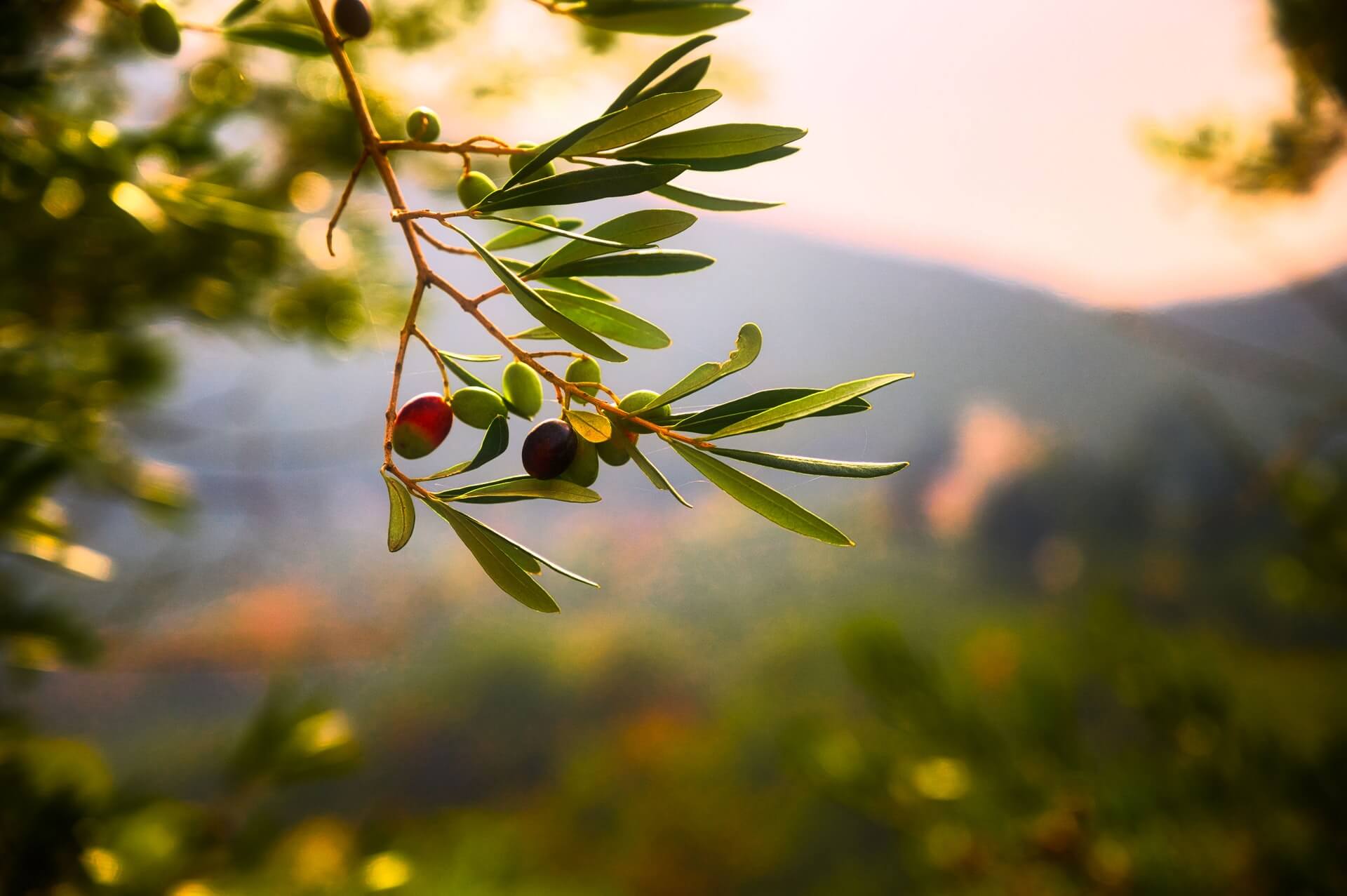Olive Tree and its Cultivation
Olive definition – Olive trees (Olea europaea) are evergreen trees that have been cultivated for thousands of years for their fruit, olives, and their oil. They are native to the Mediterranean region, and they are now grown in many other parts of the world, including California, Australia, and South Africa.
The olive tree, with its gnarled trunk and silvery leaves, is a symbol of peace and abundance. But in the annals of history, it has also been associated with war and violence. The sword pit , a gruesome ritual in which vanquished enemies were buried alive with their weapons, is a testament to the olive tree’s dark side.
Yet, despite its association with such horrors, the olive remains a symbol of hope and resilience, a reminder that even in the darkest of times, there is always the possibility of redemption.
Olive trees are relatively small, typically growing to a height of 10-15 meters. They have a dense, spreading canopy, and their leaves are dark green and leathery. Olive trees are slow-growing, and they can live for hundreds of years.
The olive tree, a symbol of peace and wisdom, bears fruit that is both nutritious and versatile. Its oil, a culinary staple, is also known for its medicinal properties. Like the olive, the umbrella pit , a geological formation found in Australia, is also a source of sustenance.
This natural reservoir provides water for animals and plants during dry seasons, sustaining life in an arid landscape. The olive and the umbrella pit, though vastly different in appearance, share a common thread: their significance as sources of nourishment and life.
Olives are a drupe, which is a fruit with a hard pit. They are typically green or black when ripe, and they have a slightly bitter taste. Olives are used to make olive oil, which is a staple of the Mediterranean diet.
The olive, a symbol of peace and longevity, stands in stark contrast to the sword , an emblem of violence and war. Yet, both possess a duality that belies their superficial meanings. The olive, while representing peace, can also signify bitterness and solitude, while the sword, despite its destructive nature, can embody courage and justice.
Varieties of Olive Trees, Olive definition
There are hundreds of varieties of olive trees, each with its own unique characteristics. Some of the most popular varieties include:
- Mission: This is a Spanish variety that is grown in California. Mission olives are small and black, and they have a mild flavor.
- Arbequina: This is a Spanish variety that is grown in Spain, Italy, and California. Arbequina olives are small and green, and they have a fruity flavor.
- Kalamata: This is a Greek variety that is grown in Greece and California. Kalamata olives are large and black, and they have a salty, briny flavor.
Cultivation Practices
Olive trees are relatively easy to grow, but they do require some specific care. They prefer well-drained soil, and they need full sun. Olive trees are drought-tolerant, but they do need to be watered regularly during the summer months.
Olive trees are typically pruned in the spring or fall. Pruning helps to keep the trees healthy and productive. Olive trees can be grown from seed, but they are typically propagated by cuttings.
Environmental Factors
The climate and soil conditions play a major role in the growth and productivity of olive trees. Olive trees prefer warm, dry climates, and they are not tolerant of cold temperatures. Olive trees also prefer well-drained soil, and they do not tolerate wet or waterlogged conditions.
The following environmental factors can affect the growth and productivity of olive trees:
- Temperature: Olive trees prefer warm, dry climates. They are not tolerant of cold temperatures, and they can be damaged by frost.
- Rainfall: Olive trees need regular irrigation, but they do not tolerate wet or waterlogged conditions.
- Soil: Olive trees prefer well-drained soil. They do not tolerate heavy or clay soils.
- Sunlight: Olive trees need full sun to produce fruit.
Olive Oil Production and Uses

Olive oil, extracted from the fruit of the olive tree, has been a culinary and medicinal staple in Mediterranean cuisine for centuries. Its distinct flavor and health benefits have made it a popular ingredient worldwide.
Traditional and Modern Olive Oil Extraction
Traditionally, olive oil was produced using a stone mill to crush the olives into a paste, which was then pressed to separate the oil. Modern methods employ centrifugal machines that spin the olive paste at high speeds, extracting the oil more efficiently.
Chemical Composition and Nutritional Value
Olive oil is primarily composed of monounsaturated fatty acids, particularly oleic acid, which is known for its heart-healthy properties. It also contains antioxidants such as vitamin E and polyphenols, which protect against cell damage.
Culinary and Medicinal Uses
Olive oil is highly versatile in cooking, adding flavor and richness to dishes. Its high smoke point makes it suitable for frying and roasting. Medicinally, olive oil has been used to treat wounds, reduce inflammation, and lower cholesterol levels.
Olive in Culture and History: Olive Definition

The olive tree and its fruit have held profound significance in human culture and history, transcending culinary and economic realms to become symbols of peace, wisdom, and eternity.
Mythology
In Greek mythology, the olive tree was sacred to Athena, the goddess of wisdom and war. According to legend, she gifted the first olive tree to the city of Athens, which became a symbol of the city’s prosperity and strength.
Art and Literature
The olive tree has been a recurring motif in art throughout history, from ancient Greek vases to Renaissance paintings. Its graceful form and evergreen leaves have inspired countless artists, representing peace, harmony, and abundance.
Religious and Spiritual Associations
In many religions, the olive tree is associated with sacredness and purity. In Christianity, the olive branch symbolizes peace and reconciliation, as in the story of Noah’s ark. In Judaism, the olive tree is a symbol of God’s covenant with his people.
Olives, with their unmistakable brine and oiliness, are a staple in Mediterranean cuisine. Their origins can be traced back to ancient Greece, where they were a symbol of peace and victory. Centuries later, the allure of olives has spread far and wide, reaching even the bustling casino pits of Las Vegas.
Despite their contrasting settings, olives retain their timeless charm, offering a taste of tradition amidst the excitement and unpredictability of modern life.
The olive tree, a symbol of peace and abundance, has been revered for centuries. Its fruit, the olive, is a culinary delight, rich in flavor and health benefits. Yet, amidst the tranquility of olive groves, a sinister secret lurks—the sword pit.
These subterranean chambers, once used to store weapons, evoke a chilling reminder of the violence that can coexist with even the most idyllic of settings. And so, the olive, a symbol of peace, stands as a poignant reminder that the seeds of conflict can lie hidden beneath the most serene of facades.